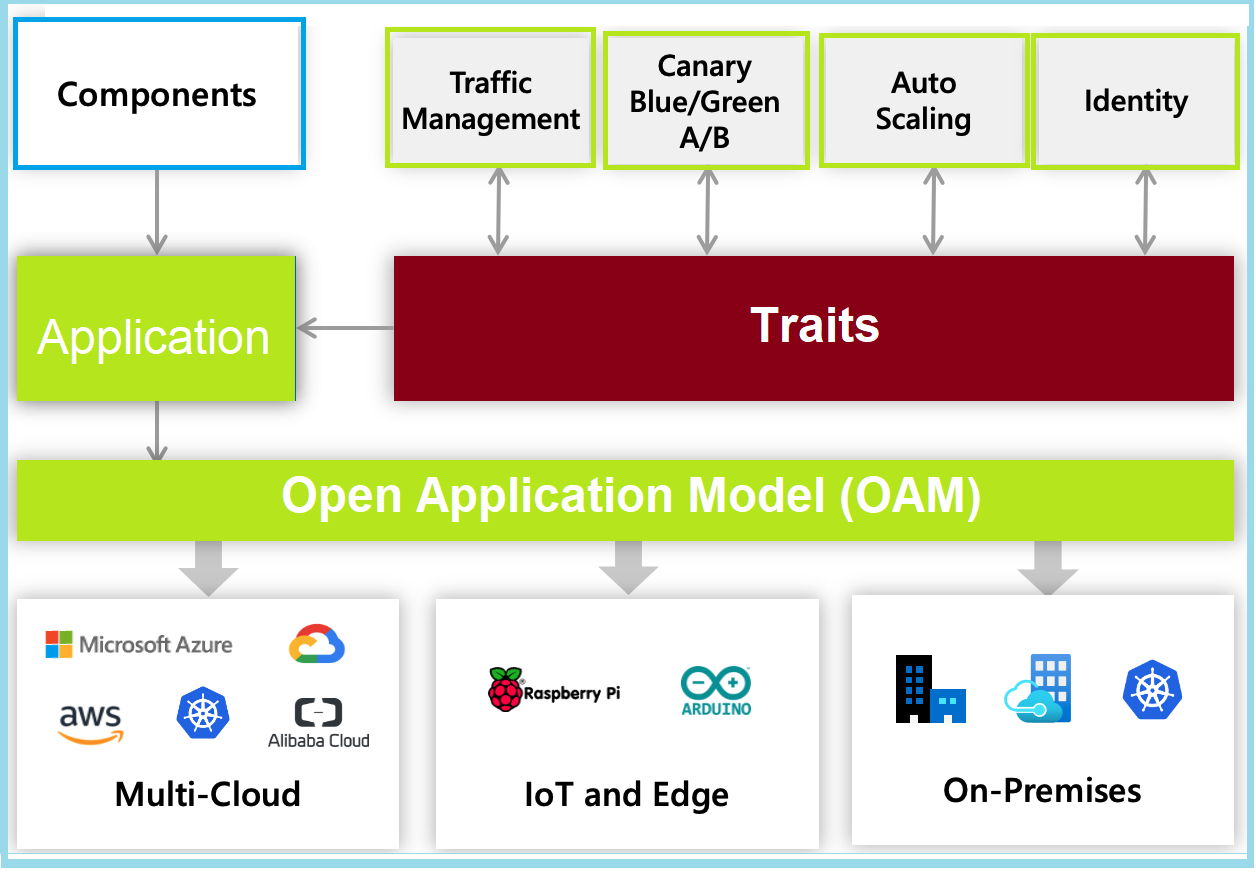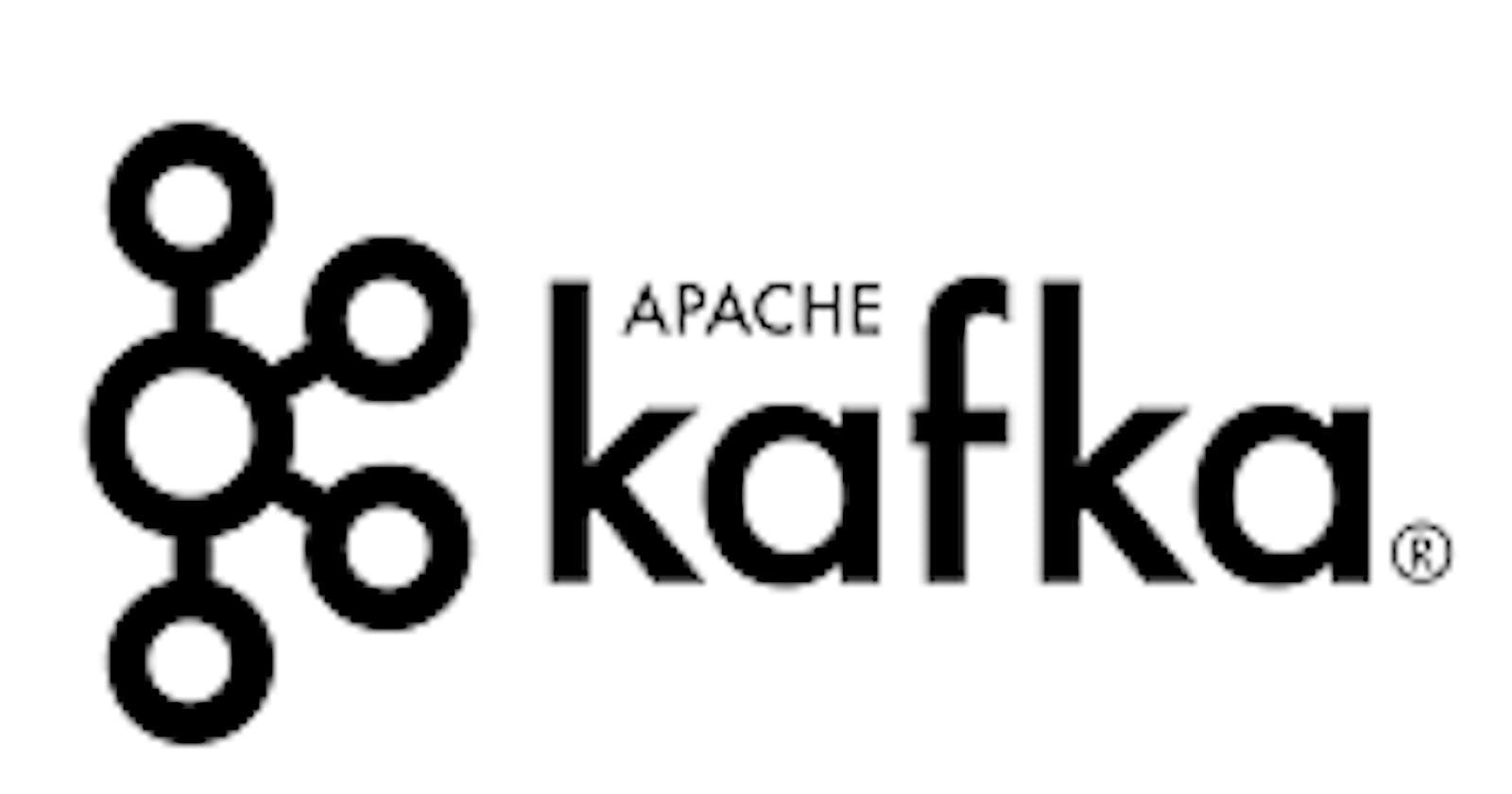In the world of microservices, the benefits of event-driven architecture are becoming more and more popular. Today we will discuss that and How Apache Kafka can help us to achieve that.
What is Event Driven Architecture?
An event-driven architecture uses events to trigger and communicate between decoupled services and is common in modern applications built with microservices. An event is a change in state, or an update, like an item being placed in a shopping cart on an e-commerce website. Events can either carry the state (the item purchased, its price, and a delivery address) or events can be identifiers (a notification that an order was shipped).
Event-driven architectures have three key components: event producers, event routers, and event consumers. A producer publishes an event to the router, which filters and pushes the events to consumers. Producer services and consumer services are decoupled, which allows them to be scaled, updated, and deployed independently.
What is Apache Kafka?
Apache Kafka is a distributed streaming platform that is used to publish, subscribe, store, and process streams of records in real-time. To handle the processing of events in real-time, Kafka is frequently employed in event-driven architectures. According to the publish-subscribe messaging model used by Kafka, users subscribe to a topic to receive messages from producers who post messages to it. In a Kafka cluster, the partitions used to store the messages can be split among various nodes.
There are various advantages of using Kafka in event-driven architectures:
Scalability: Kafka can scale horizontally to meet demand and handle massive volumes of data in real time.
Resilience: Kafka is built to be resilient to failures and can manage them in a distributed context.
Durability: Kafka stores messages on disk and can replicate them across multiple nodes to ensure data is not lost. Kafka is perfect for event-driven architectures because it can process events in real time.
Running Kafka in Kubernetes can be complex and challenging, as it requires defining and managing a large number of Kubernetes objects, such as Pods, Statefulset, Services and Persistent Volume. There are many things to consider, Kafka must be installed in a precise order because it is a stateful application that needs permanent storage. In addition, Kafka's complicated configuration and dependencies might make managing and scaling it with Kubernetes difficult. we also need to consider:
How to configure Kafka brokers to communicate with each other?
How do configure Kafka brokers to communicate with Zookeeper?
It requires a lot of knowledge about Kubernetes to do that and it is not easy and feasible for application developers.
What is Open Application Model?
Alibaba Cloud and Microsoft created the Open Application Model (OAM) collaboratively. This model follows the open standards for application development and operations using Kubernetes and other platforms.
It offers a higher-level abstraction for specifying an application's constituent parts and actions, which lessens complexity and facilitates the deployment and management of applications in Kubernetes. OAM offers a more application-centric strategy that prioritizes the desired behaviour of the application over the specifics of its implementation.

Open Application Model for Apache Kafka
Running Kafka in OAM has the advantage of making the process easier. OAM offers a higher-level abstraction that obscures the Kubernetes Kafka objects' implementation specifics, simplifying the definition and management of Kafka components. Instead of controlling a significant number of Kubernetes objects, OAM offers a straightforward, declarative model that outlines the elements and behaviours of the application.
Management is made easier when Kafka is combined with OAM. For deploying, managing, and scaling applications in Kubernetes, OAM provides a suite of tools and APIs. This comprises tools for monitoring and managing applications as well as tools for creating Kubernetes manifests from OAM definitions. As a result, Kubernetes can manage Kafka more easily, and the application is deployed and managed uniformly across all environments.
Additionally, OAM's application-centric methodology, emphasizes the desired behaviour of the application rather than the specifics of Kubernetes object implementation. As a result, application developers can use Kafka without having to worry about the supporting infrastructure.
Conclusion
In conclusion, Open Application Model (OAM) makes it simpler for enterprises to develop highly scalable and robust applications using event-driven architectures by streamlining the deployment and management of Apache Kafka in Kubernetes. OAM lowers complexity and provides uniform deployment and administration across environments by specifying the application's components and actions in a straightforward, declarative model. Furthermore, OAM offers an easier-to-use, application-centric approach that enables application developers to integrate Kafka into their applications without worrying about the underlying infrastructure. Overall, enterprises have access to a potent toolkit for creating scalable, adaptable, and resilient event-driven architectures thanks to the Apache Kafka and Open Application Model combination.

